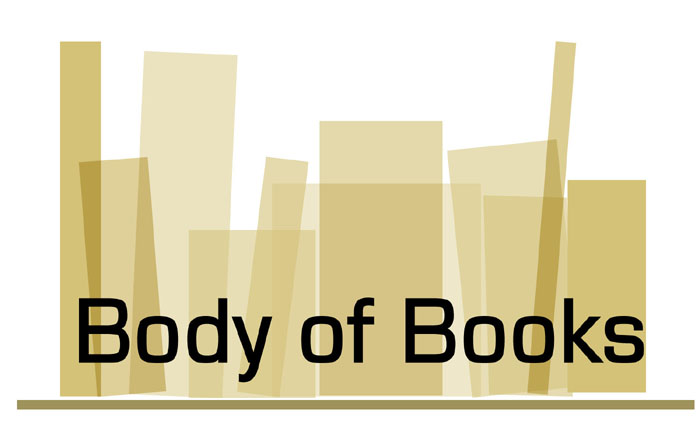Sunday, January 17
Thursday, January 7
Book Bound With Human Skin
Book Bound With Human Skin of a Would-Be Assassin Bought at Car Boot Sale
This post is compliments of the abebooks.com blog. I'm not sure which part is weirdest, his preserved piece of skin that once bound a book together or way this odd piece of ephemera was bought at what is called a British car boot sale, a.k.a. a trunk sale. Oh how I wish I could come across something this rare while scouting for books.
This post is compliments of the abebooks.com blog. I'm not sure which part is weirdest, his preserved piece of skin that once bound a book together or way this odd piece of ephemera was bought at what is called a British car boot sale, a.k.a. a trunk sale. Oh how I wish I could come across something this rare while scouting for books.
Sunday, January 3
The Feeling of What Happens, Antonio R. Damasio
 This holiday weekend I got an order for a book I was sad to see leave because I was hoping I'd get a chance to crack it open or see what it was about before having to ship it off. As you might imagine, this happens a lot. The Feeling of What Happens: Body and Emotion in the Making of Consciousness
This holiday weekend I got an order for a book I was sad to see leave because I was hoping I'd get a chance to crack it open or see what it was about before having to ship it off. As you might imagine, this happens a lot. The Feeling of What Happens: Body and Emotion in the Making of ConsciousnessThe Journal of the Royal Society of Medicine published a review of the book that did a good job articulating Damasio's importance for non-neurologists like myself.
Damasio has suggested that while the senses of vision, hearing, touch, taste smell function by nerve activation patterns that correspond to the state of the external world; emotions are nerve activation patterns that correspond to the state of the internal world. If we experience a state of fear, then our brains will record this body state in nerve cell activation patterns obtained from neural and hormonal feedback, and this information may then be used to adapt behaviour appropriately.
Subscribe to:
Posts (Atom)


